Since 1947, every year on November 3rd, the International Day of Japanese Culture is celebrated. This is because on November 3, 1852, Emperor Meiji was born, and he is credited with the reform of the Japanese monarchy.
In addition to the exhibition related to Japanese culture at the Knowledge Center, through blog posts, we would like to provide readers with more interesting information about Japan. Perhaps the most obvious way to start is with a brief overview of the country’s history, thus gaining a better understanding of today’s modern culture.
Introduction
Japan is an archipelago consisting of more than 6000 islands, with four main islands: Hokkaido, Honshu, Shikoku, and Kyushu.
The capital city, Tokyo, is located on the island of Honshu. Japan is separated from the rest of the world by the Pacific Ocean and the Sea of Japan. It is geographically closest to the Asian continent, adjacent to Korea. The East China Sea serves as the dividing line between the two countries, and to this day, there exists a sharp territorial dispute over the ownership of certain islands.
Moreover, Japan is situated on one of the most geologically active points on Earth, along a fault line. This geographical location makes the country prone to frequent earthquakes and catastrophic tsunamis, with the very word “tsunami” originating from Japanese. These massive sea inundations have the capacity to wipe out houses, cities, and, as witnessed in 2011, entire nuclear power plants from the face of the Earth. Therefore, the sense of seclusion and isolation ingrained in their history and culture is not surprising.
Neolithic Era
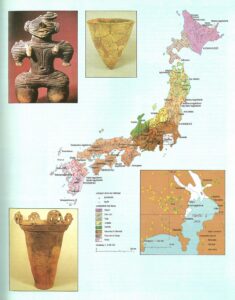 Let’s begin by examining who populated the islands, who could have been its indigenous inhabitants. Science offers three explanations for this. One theory suggests that Japan was already inhabited before the last ice age when the island system separated from Asia. Another explanation is that people of Mongolian origin settled here, arriving from Korea. The third, and perhaps least likely, explanation is that people arrived from the south to populate the islands.
Let’s begin by examining who populated the islands, who could have been its indigenous inhabitants. Science offers three explanations for this. One theory suggests that Japan was already inhabited before the last ice age when the island system separated from Asia. Another explanation is that people of Mongolian origin settled here, arriving from Korea. The third, and perhaps least likely, explanation is that people arrived from the south to populate the islands.
In Japan, the first tool-making inhabitants appeared nearly 30,000 years ago.
This period is referred to as the Jomon period (10,000 BCE – 300 BCE). It marked the emergence of the first ceramics and tools within a largely hunter-gatherer society. Researchers believe that the Ainu people, the indigenous inhabitants of Hokkaido today, played a role in spreading this culture.
Following this, around 300 BCE, the Yayoi immigrant culture appeared, dominating the island system until 300 CE. This culture is similar to the contemporary Siberian and Korean cultures. This period also witnessed the beginning of metalworking. What is intriguing is that bronze and iron appeared in other parts of the world sequentially, whereas in Japan, we can assume that both arrived simultaneously, potentially with a delay of several centuries compared to the continent. It was during this time that native Asian plants emerged, and we can confidently posit that Japan integrated into the economic and cultural circulation of the continen. 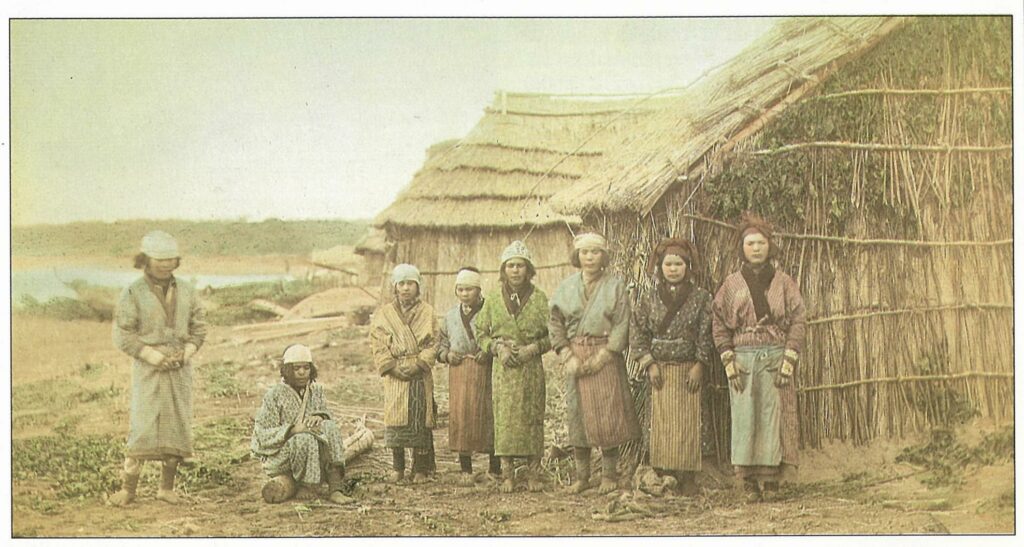
Ancient Era
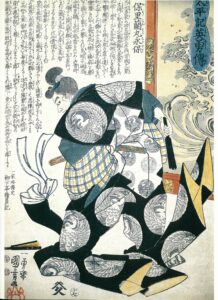 In Japan, a tribal alliance similar to that of the ancient Hungarians can be assumed, where the Yayoi and Ainu tribes lived together in a federal system. Around 600 BCE, however, Jimmu Tenno appears, the first recorded ruler, who, over long decades of conflict, forges what appears to be a unified empire from the tribal alliances. He was likely a Yayoi tribal leader if the legend is true.
In Japan, a tribal alliance similar to that of the ancient Hungarians can be assumed, where the Yayoi and Ainu tribes lived together in a federal system. Around 600 BCE, however, Jimmu Tenno appears, the first recorded ruler, who, over long decades of conflict, forges what appears to be a unified empire from the tribal alliances. He was likely a Yayoi tribal leader if the legend is true.
Therefore, Japan developed extremely slowly and in isolation compared to the rest of the region. Its history wasn’t documented until the 8th century AD.
In the early 8th century AD, the then-consolidating Yamato imperial court recorded mythology and origin legends for the first time. It is important to mention Empress Himiko, who lived and ruled in the 2nd century. She was the island’s first female ruler, a shamanistic leader who, along with her brother, wielded power and considered herself a descendant of the Sun Goddess Amaterasu. This belief is still upheld by the Japanese imperial family to this day.
Classical Era
The structural and political unification is ultimately achieved by the Yamato clan. After this, the Yamato dynasty actively intervenes in the wars between warring Korean states from the 5th to 7th centuries. It can be assumed that a significant Korean and Chinese influence reached the island during this time, with several political leaders and emperors possibly of Korean origin. Some speculations suggest that the leadership of the collapsing Korean Baekje Empire sought refuge in Japan, joining the elite there. This inference is drawn from archaeological sources.
Following this, the Nara period began in 710, by which time Japan was unified, ruled by the emperor, and Prince Shotoku established the administration on Confucian and Buddhist principles in the constitution.
The influence of China during the Tang Dynasty brought significant development to the country, with Buddhism flourishing, and the Japanese emperor modeling his court after the Chinese.
During this time, in 646 AD, the Taika Reforms were enacted, providing an opportunity for the rise of the samurai. The reforms regulated the legal basis of land ownership (sohen), gradually leading to a feudal system very similar to medieval Europe. Landowners began leading armies of samurai, paid warriors often related to the lord they served. Bushido, the way of the warrior, was a code of ethics they followed, with loyalty being of paramount importance. 
In the subsequent Heian period, after the fall of Tang China, Japan closed itself off and campaigned against the “barbaric” Emishi and Ainu tribes in the northern and southern parts of the island. During this period, militant leaders gradually gained more power, while the central bureaucratic authority wielded less influence.
Medieval Era
By the 12th century, the emperor’s actual power had weakened, leading to continuous internal conflicts. The central authority was split between two warring imperial courts. Out of the conflicts emerged a fierce rivalry between two families: the Taira, in current power and influence, and the strengthening forces of the Minamoto. Finally, on April 25, 1185, the fate of the country was sealed in the Battle of Dan-no-ura.
Yoritomo no Minamoto achieved a significant victory, abolishing the Heian-era imperial bureaucracies and establishing the Kamakura Shogunate, which would later be overthrown by the Tokugawa family 400 years later.
However, the shogunate system created here persisted until the late 19th century and the early 20th century. The shogun, the actual ruler, led the samurai and held real power behind the emperor.
In the 13th century, during the Mongol invasions, campaigns were launched from Korea towards Japan. However, in both cases, the Mongol fleet suffered severe, devastating defeats. Weather conditions prevented them from reaching the shore in either case. During the second attack, a typhoon sent most of the Mongol army to the ocean floor. The Mongols would never recover from this defeat.
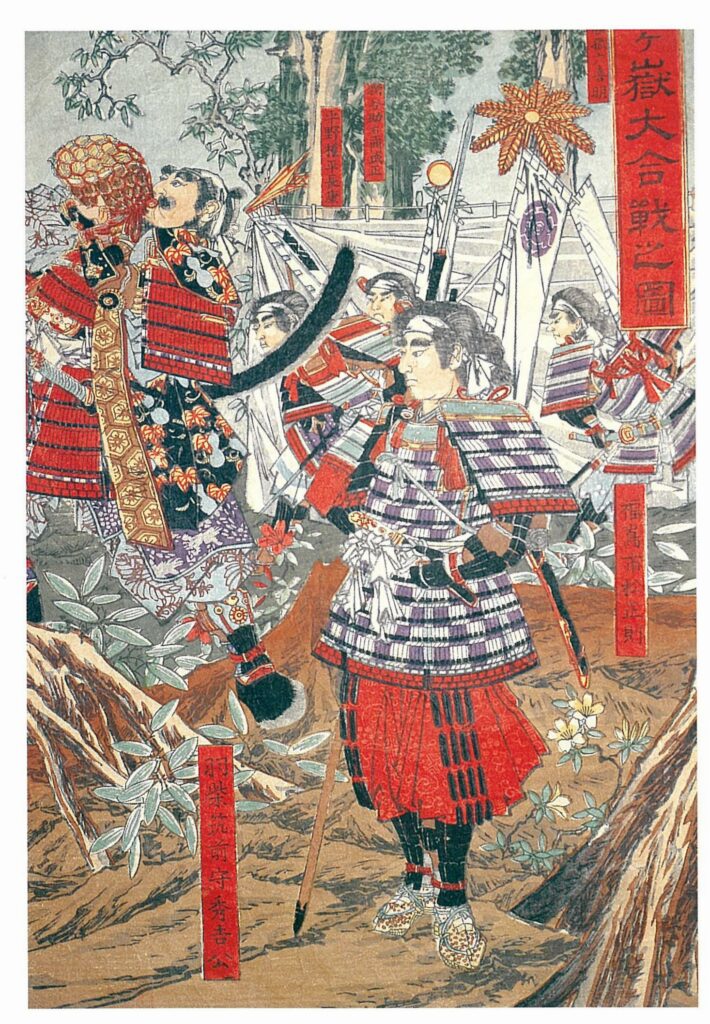
The Era of Unification
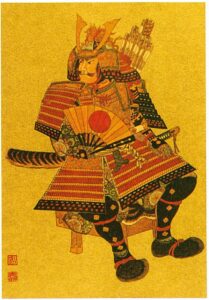 Let’s jump ahead a few hundred years to the 16th century. Japan is a country ruled by divided Daimyos (landlords) and their samurais, with the Shogun as their leader. Here, three individuals must be mentioned: Oda Nobunaga, Tokugawa Ieyasu, and Toyotomi Hideyoshi. These three men revolutionize Japan, and their alliance brings peace after tumultuous centuries.
Let’s jump ahead a few hundred years to the 16th century. Japan is a country ruled by divided Daimyos (landlords) and their samurais, with the Shogun as their leader. Here, three individuals must be mentioned: Oda Nobunaga, Tokugawa Ieyasu, and Toyotomi Hideyoshi. These three men revolutionize Japan, and their alliance brings peace after tumultuous centuries.
Oda Nobunaga, the head of a medium-sized feudal family, played a crucial role in laying the foundations for unification. Tokugawa Ieyasu, who spent his entire childhood as a hostage, elevated the Tokugawa clan to a powerful position.
Together, these three men created a stable state.
Hideyoshi, the unifier of Japan, was a political and military genius, and a close ally of Nobunaga. Nobunaga initiated the unification, conquering over half of the turbulent provinces. Hideyoshi completed the task, and Tokugawa Ieyasu solidified and perpetuated their collective achievement in the form of the Tokugawa Shogunate.
The shogunate system brought relative peace until the 18th and 19th centuries. While Oda Nobunaga initially supported the arriving Portuguese and established connections with the Western world, the Tokugawa Shogunate, after his death, became isolationist. They violently expelled foreign, Portuguese traders, except for Nagasaki, where only Dutch traders were allowed entry.
The Edo Period and the 20th Century, Meiji and Showa Era
Subsequently, relative peace embraced the country.
During the nearly 200 years of the Edo Period, Japan flourished.
The next significant event occurred in 1868 when the Tokugawa Shogun stepped down. Japan embarked on the path of modernization and industrialization with the young Emperor Meiji at the forefront. His father and the Shogun were quite opposed to the emperor’s innovative approach. However, the young ruler eventually proved his capabilities, and Japan developed in the following 40 years as much as the entire Europe did in 2-3 centuries. The specific role of the emperor in the restoration bearing his name is a matter of debate, but he certainly welcomed and surrounded himself with innovative-minded individuals. 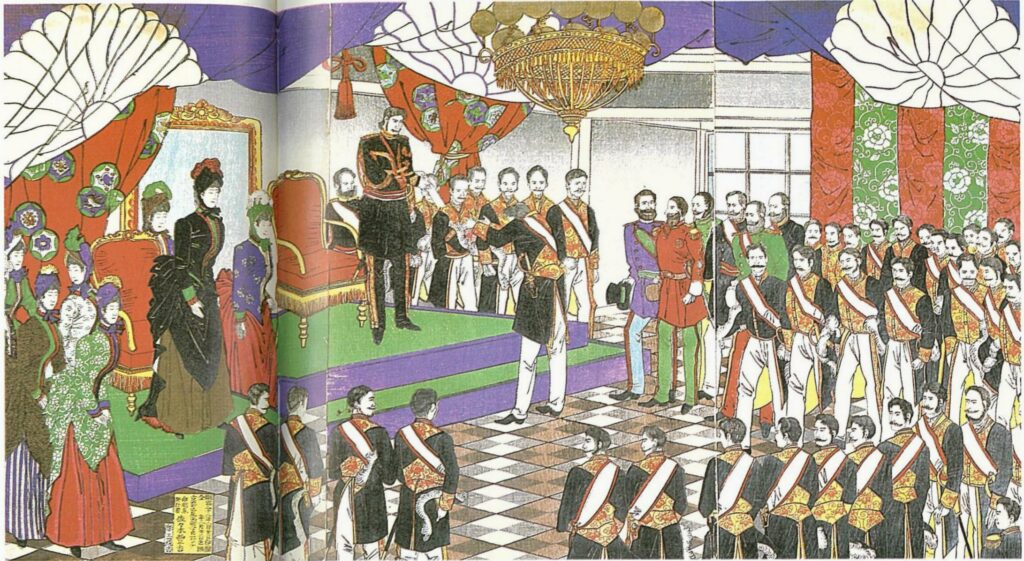
By his death in 1912, Japan had already become the master of Asia, occupying and forcibly colonizing Korea. Shifting attention towards China and Russia, Emperor Hirohito inherited a militarily expanding empire. From the fall of the Tokugawa Shogunate in 1868 until the end of World War II, Japan was continuously involved in wars. By the beginning of World War II, Japan had acquired hegemony in the region. Then, with the bombing of Pearl Harbor, Japan entered the Second World War. By 1945, the Allied forces had already liberated Europe, leaving the Japanese to continue fighting in the Pacific theater. The infamous bombings of Hiroshima and Nagasaki need no introduction. This marked the end of World War II, and a new era began in Japan. The country relatively quickly recovered from the post-war devastation and is now once again a major player in the regional power dynamics.
Final words
Now, reaching the end of the blog post, I would like to share with the dear readers a highly informative and interesting documentary series on the topic. I recommend everyone who has been intrigued and is deeply interested in Japanese history to watch the English-language videos.
In the next post, those interested can familiarize themselves with Japanese culture and the further educational opportunities for PTE (University of Pécs) students.
The exhibition related to Japanese culture can be viewed on the 0th level of the South Transdanubian Regional Library and Knowledge Center until the end of December 2023. (2/A Universitas Street, Pécs)
The Mark of Empire video series:
The Mysterious Shogunate That Ruled Japan For 265 Years
Meet The Ryukyu Living In Japan’s The Extreme South
Hokkaido’s Near-Forgotten Ainu People Who Thrived In Nature
Sources
Andrew Gordon: A modern history of Japan: From Tokugawa times to the present
Henri Stierlin: The cultural history of Japan
Conrad Totman: A history of Japan
Michael Lewis: ‘History wars’ and reconciliation in Japan and Korea the roles of historians, artists and activists
Richard Storry: A history of modern Japan

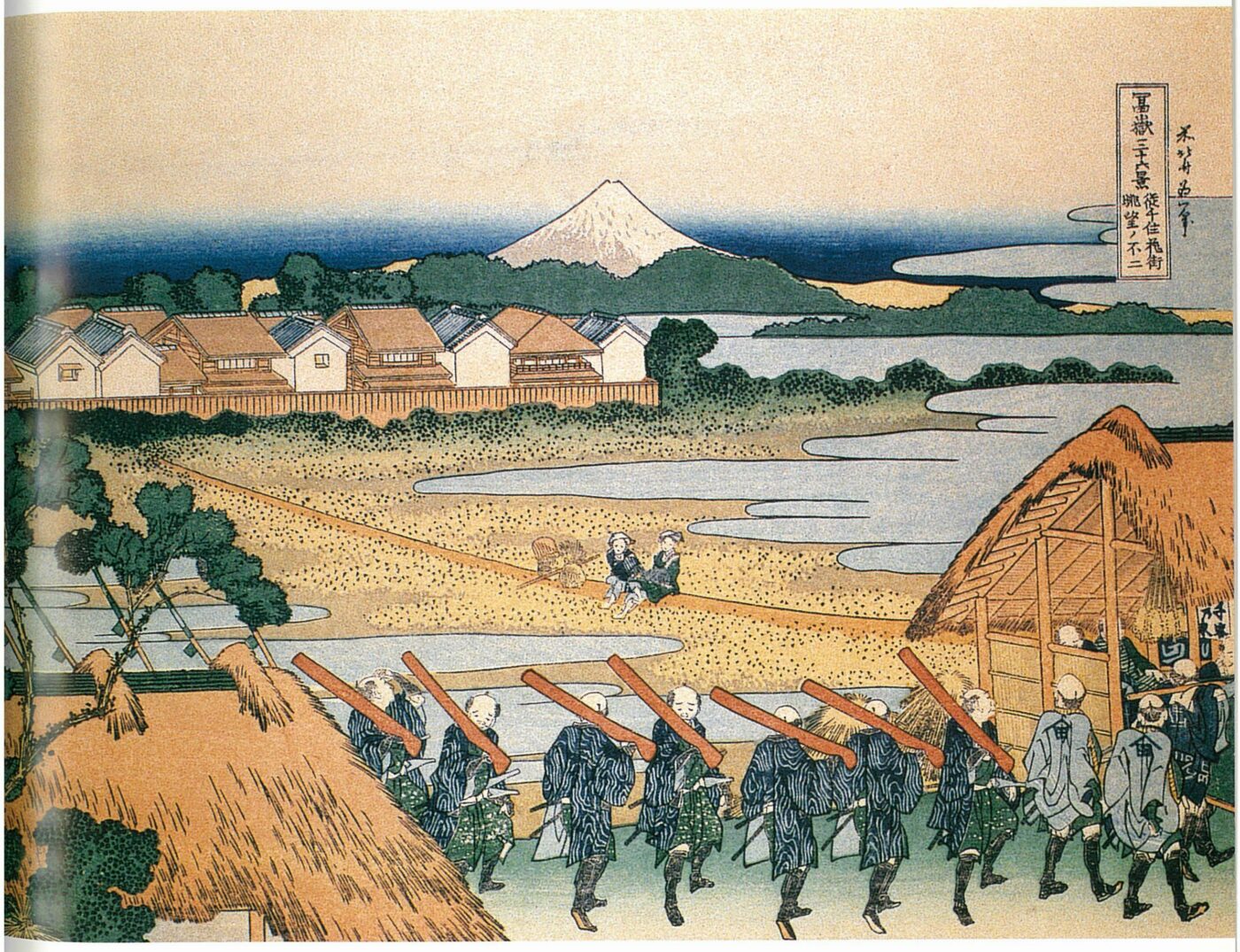
Leave a Reply